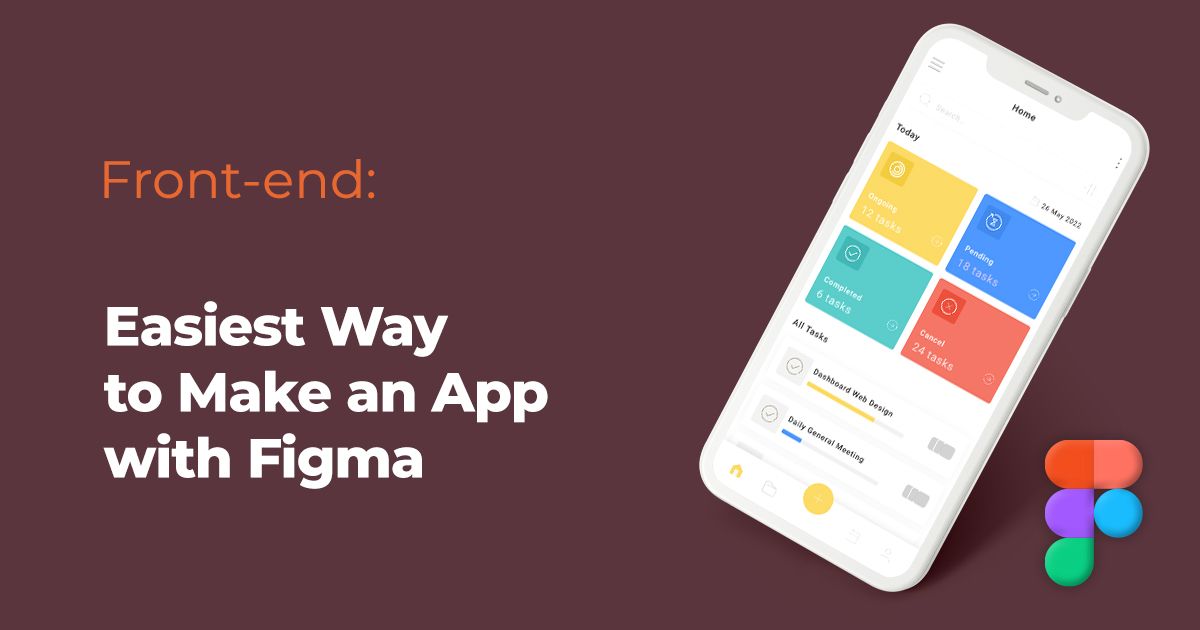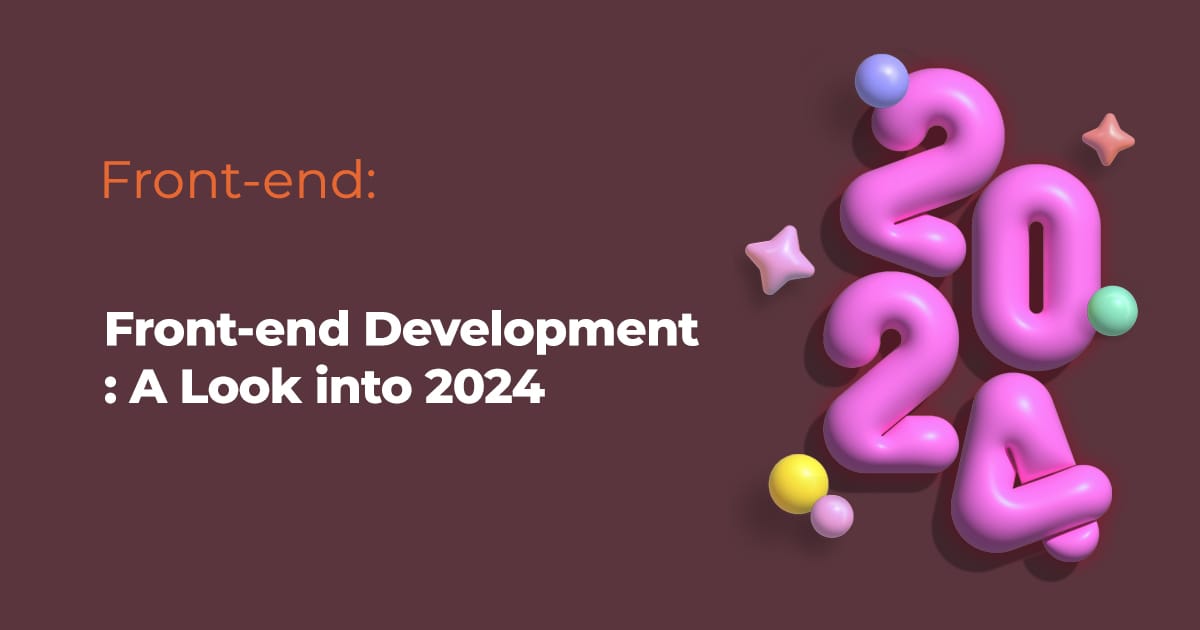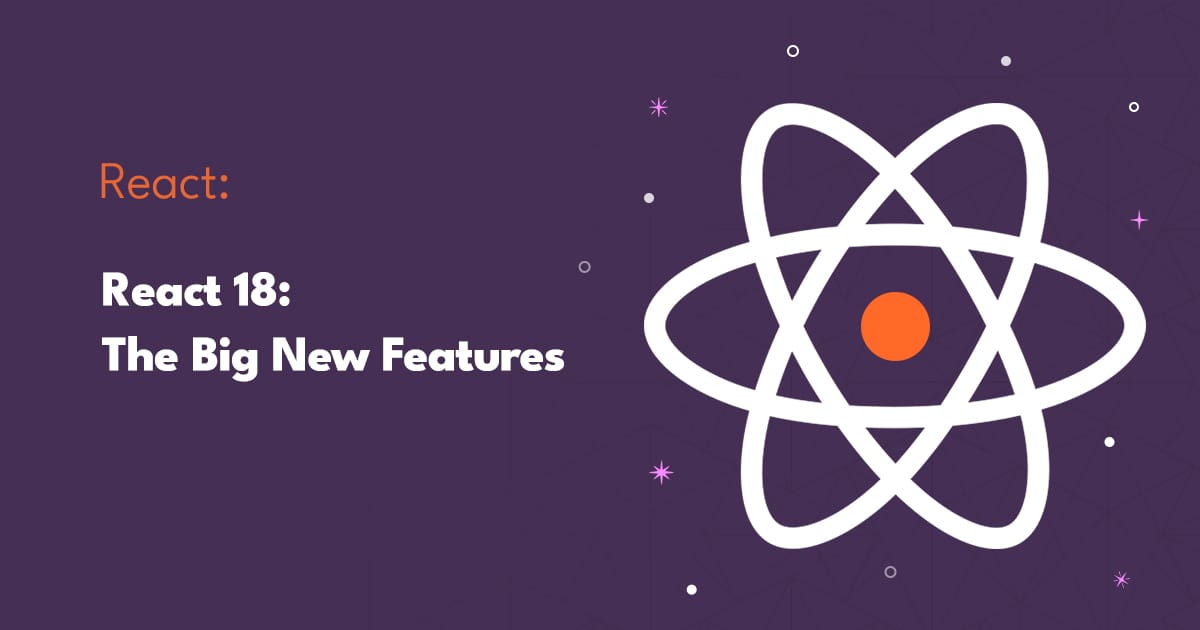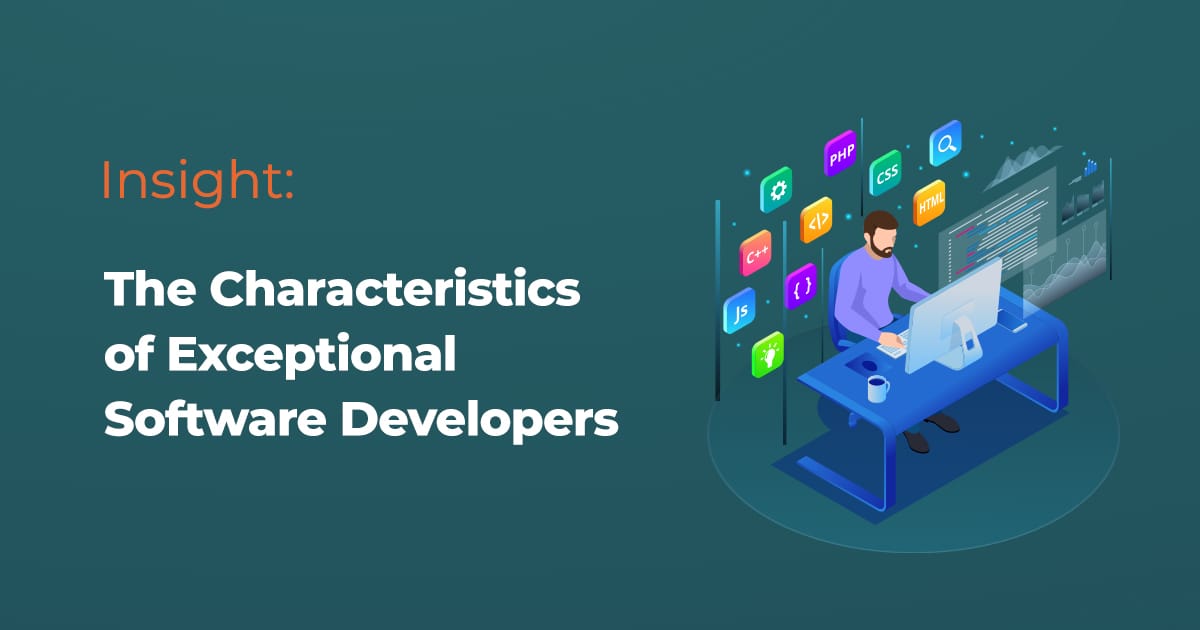Introduction
As we approach 2024, it's time to forecast the future of frontend development. This analysis aims to highlight the seven key trends that frontend developers should be aware of. The rapid evolution in this field has seen some technologies fade away while others have solidified their dominance. This constant change can be both exciting and daunting, but it's the driving force behind the power of frontend development.
Unraveling the Frontend Landscape
The frontend technologies of 2024 differ significantly from those we predicted in the past. New trailblazing technologies have emerged while others have matured and stabilized. One standout trend is the increased use of Chatbots and AI, which have revolutionized frontend development. JavaScript, the long-reigning king, continues to dominate, while technologies like Single Page Application (SPA), Server Side Rendering (SSR), and Static Site Generators (SSGs) have become standardized. TypeScript has cemented its place in the market, and React.js remains the most popular web library. Micro-frontends, meanwhile, are on their way to greater stability and maturity.
Source of Projections and Forecasts
The predictions and trends discussed here are based on a combination of extensive research, expert opinions, and my decade-long experience as a frontend engineer. Referenced resources include the 2023 Stack Overflow Developer Survey, the State of Frontend, and the State of JS.
2024 Frontend Outlook
Now, let's delve into the seven key frontend trends and forecasts for 2024.
Chatbots and AI: The New Frontier
Chatbots and AI have dramatically altered the way we interact with technology. They have enabled frontend developers to create more personalized and intuitive user experiences in less time. AI's capability to offer a high level of app personalization, learning from user behavior to tailor content, is a major advantage. Here are a few AI tools worth exploring:
- TensorFlow.js: A JavaScript library for training and deploying machine learning models in the web browser and in Node.js.
- Dialogflow: A comprehensive platform for building chatbots, voice bots, and virtual agents using natural language understanding and Google AI.
- Algorithmia: Combines best AI, MLOps, and DevOps practices for establishing machine learning workflows.
JavaScript: The Unconquered Emperor
JavaScript continues to grow stronger each year. In the 2023 Stack Overflow Developer Survey, it retained its position as the most commonly-used programming language for the eleventh year in a row. This dominance is expected to continue into 2024 and beyond. The demand for JavaScript skills is higher than ever, opening up numerous job opportunities.
Learning JavaScript: Here are some valuable resources to learn JavaScript:
TypeScript: The Rising Star
In 2023, TypeScript surpassed Java as the third most popular language across OSS projects on GitHub, with a 37% growth in its user base. Its popularity stems from its strong typing, object orientation, and compilation capabilities. TypeScript is an excellent tool for writing clean, maintainable code.
Learning TypeScript: Here are some resources to learn TypeScript:
React.js: The Preferred Web Library
React.js continues to dominate among JavaScript libraries and frameworks. Despite the emergence of reactive frameworks like Vue.js and Svelte, React.js's popularity remains unchallenged. The most recent data indicates that 42.65% of developers use or plan to use React.js in the near future.
Learning React.js: Here are some resources to learn React.js:
Progressive Web Apps (PWAs): The New Norm
PWAs have officially become a standard, marking a significant milestone in the evolution of web applications. They are responsive, work offline, offer app-like interactions, and push notifications, all while maintaining a secure connection (HTTPS).
Learning PWAs: Here are some resources to learn PWAs:
JAMSTACK: The Standard of the Present
JAMSTACK, which stands for JavaScript, APIs, and Markup, has become the standard for web development. It enables the building of secure, scalable, cost-effective, and high-performance websites and apps. Static Site Generators (SSGs) like Gatsby, Next.js, Nuxt, and Hugo are increasingly popular, while new technologies like Remix, SvelteKit, and Astro are gaining traction.
Learning JAMSTACK: Here are some resources to learn JAMSTACK:
Micro Frontends: Maturing and Advancing
Micro frontends, defined as an architectural style where independently deliverable frontend applications are composed into a greater whole, have gained acceptance among companies like Netflix, PayPal, and American Express. This architecture approach is gaining maturity and is expected to be widely adopted in the future.
Learning Micro Frontends: Here are some resources to learn about Micro Frontends:
Conclusion
The world of frontend development is dynamic and rapidly evolving. With new frameworks and libraries emerging constantly, it's crucial to stay updated and prepared. This article provided an overview of the seven key frontend trends to watch in 2024, including the rise of Chatbots and AI, the dominance of JavaScript, the popularity of TypeScript and React.js, and the standardization of PWAs, JAMSTACK, and Micro Frontends. By keeping an eye on these trends, frontend developers can be better prepared for the future. Happy coding!
Related Posts









